Flight100
Decarbonising aviation is one of the biggest challenges our industry has ever faced. It requires change at a scale that some say is too difficult, too complicated to make a reality.
We disagree.
At Virgin Atlantic we believe if we’re going to stand a chance at being successful then we’ve got to do things differently.
That’s why we’ve transformed our fleet to be younger and more fuel efficient. And it’s why we’re taking action across every part of the customer journey, bringing a responsible mindset to everything we do. It’s also why we’re leading the way in proving that flight on 100% Sustainable Aviation Fuel (SAF) can be done.
On 28th November 2023 Flight100 took to the skies. Pushing the boundaries on sustainable flight, it was the first time 100% SAF has been flown in both engines, by a commercial airline across the Atlantic, marking a significant milestone on the path to decarbonising aviation.
Whilst SAF doesn’t completely remove carbon and non-carbon emissions from flying, it is a big improvement compared to fossil jet fuel.
To read our Executive Summary Report, please click here.
An era of radical collaboration
In 2022, we won a competition by the Department for Transport and took on the challenge to fly across the Atlantic on 100% SAF.
But we knew we couldn't do it on our own. To help us take on this challenge, we partnered with experts – from Rolls-Royce, Boeing, Pratt & Whitney Canada, Imperial College London, University of Sheffield, Rocky Mountain Institute (RMI) and ICF.
So, on 28th November, after more than a year of cross industry collaboration, Flight100 made the journey from London Heathrow to New York JFK. The use of 100% SAF typically reduces fuel CO2 emissions by up to 70% vs traditional jet fuel1,, and any residual CO2 emissions on this one-off flight were mitigated through carbon removals. The purpose of the flight was to not only demonstrate the potential of SAF as a 100% drop-in replacement for fossil fuels, but to provide important research on the end-to-end carbon lifecycle of SAF, and act as a call for the support of greater production and use of SAF at scale.
If we’re going to make a real difference and contribute to positive change, collaboration is vital. That’s why we will make everything we've learnt from Flight100 opensource, to help us all progress towards sustainable flight faster.
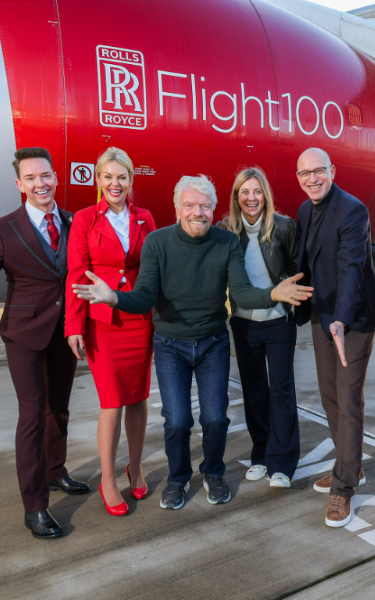
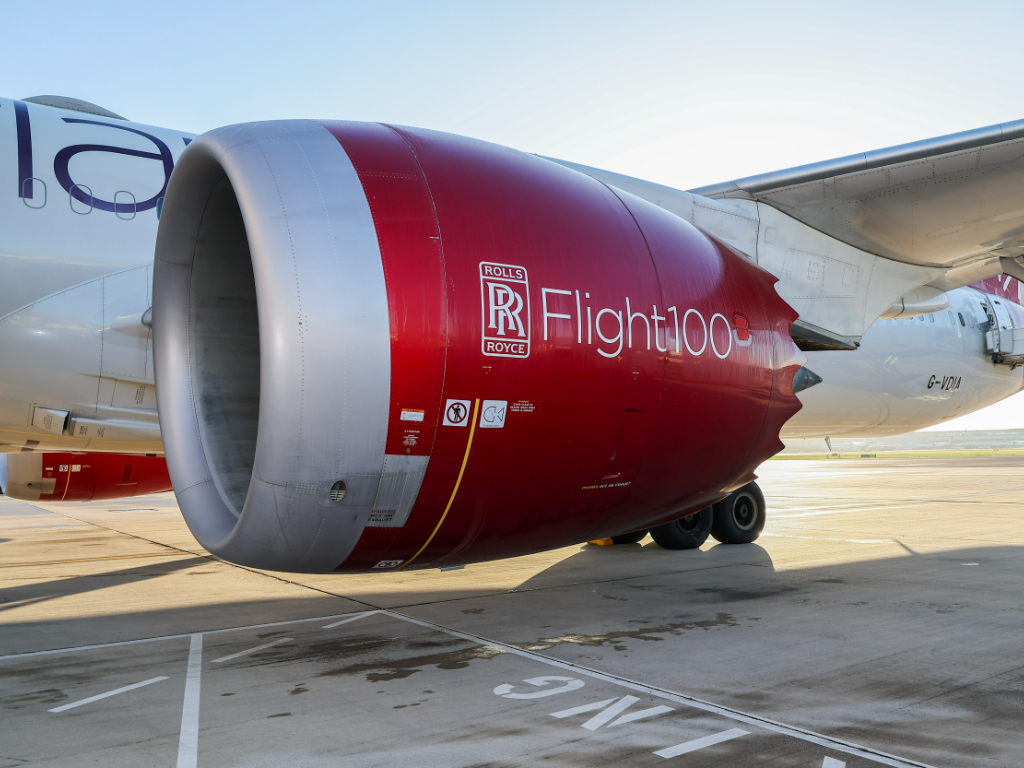
Flight 100:
Date of departure: 28th November 2023
Route: London Heathrow – New York JFK
Miles: 3543
Aircraft: Boeing 787
Amount of SAF: 60 tonnes (for testing and the flight itself)
Flight 100. Our mission to sustainable air travel.
We’re on a mission to achieve net zero by 2050, and SAF is expected to play a crucial role. To turn this commitment into reality, we need the production and use of SAF to ramp up - and fast.
Enter Flight100— a groundbreaking initiative designed not only to spotlight the potential of SAF as a drop-in replacement for traditional fossil fuels, but also present a first-of-its-kind, end-to-end lifecycle analysis of the emissions impact. Through this research, we stress the need for investment, collaboration, and urgency in scaling up SAF production, crucial for accelerating our journey to net zero by 2050.
But it's not just about the fuel. We're committed to making environmentally conscious choices across the board. Whether it's pre-ordering meals onboard, using reusable cups, optimising flight routes, or implementing reduced engine taxi, Flight100 showcased the sustainable initiatives we're already practicing and experimenting with. Initiatives like these will also form a vital part of our post-flight reporting, and shape the blueprint for our future flight plans.
Working with some of aviation’s leading experts
Making a real impact on SAF isn't just about talking—it's about stepping up and leading the way. Transitioning to SAF is a monumental task that calls for an industrial evolution, and it's clear that no single person, business, government, or nation can tackle it solo. That's why we've rolled up our sleeves, working with some of the brightest minds in aviation to get this flight off the ground.
The Flight 100 Consortium

The Boeing Company
Airframe testing and approvals
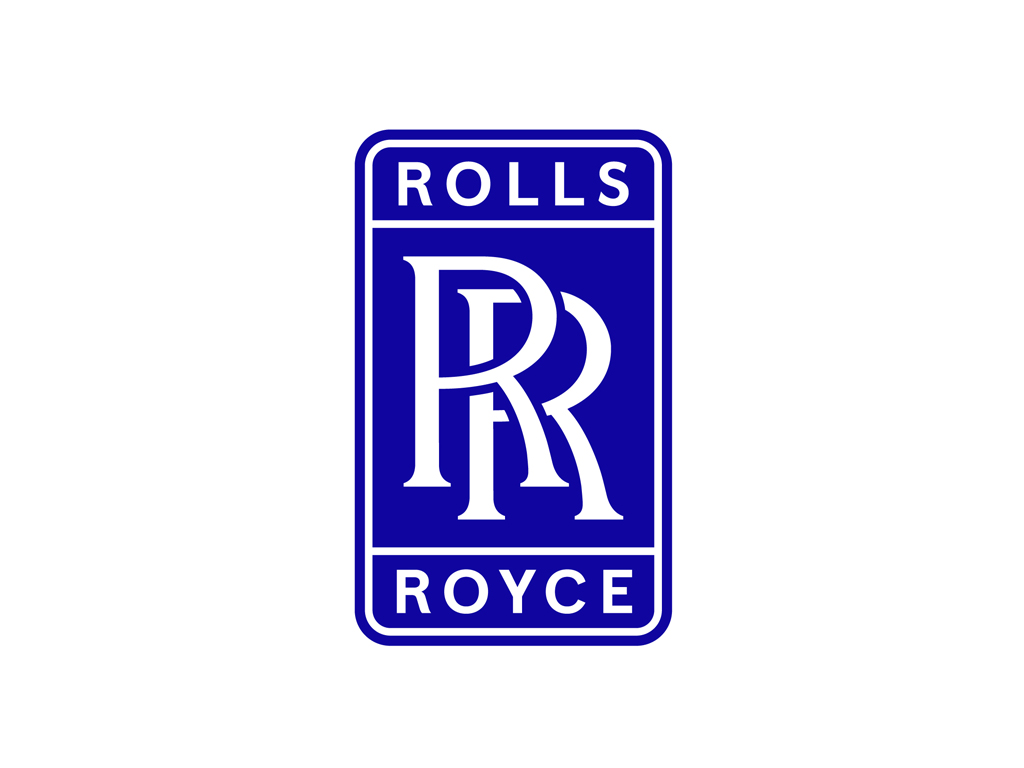
Rolls-Royce
Engine testing and approvals
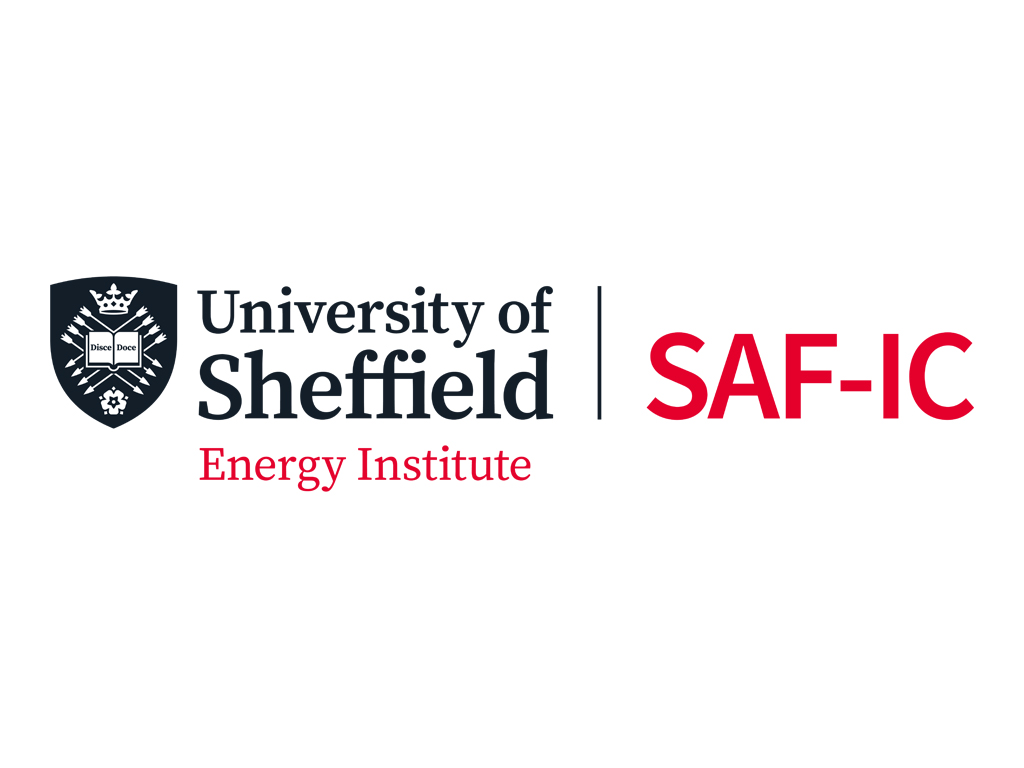
University of Sheffield
APU emissions testing
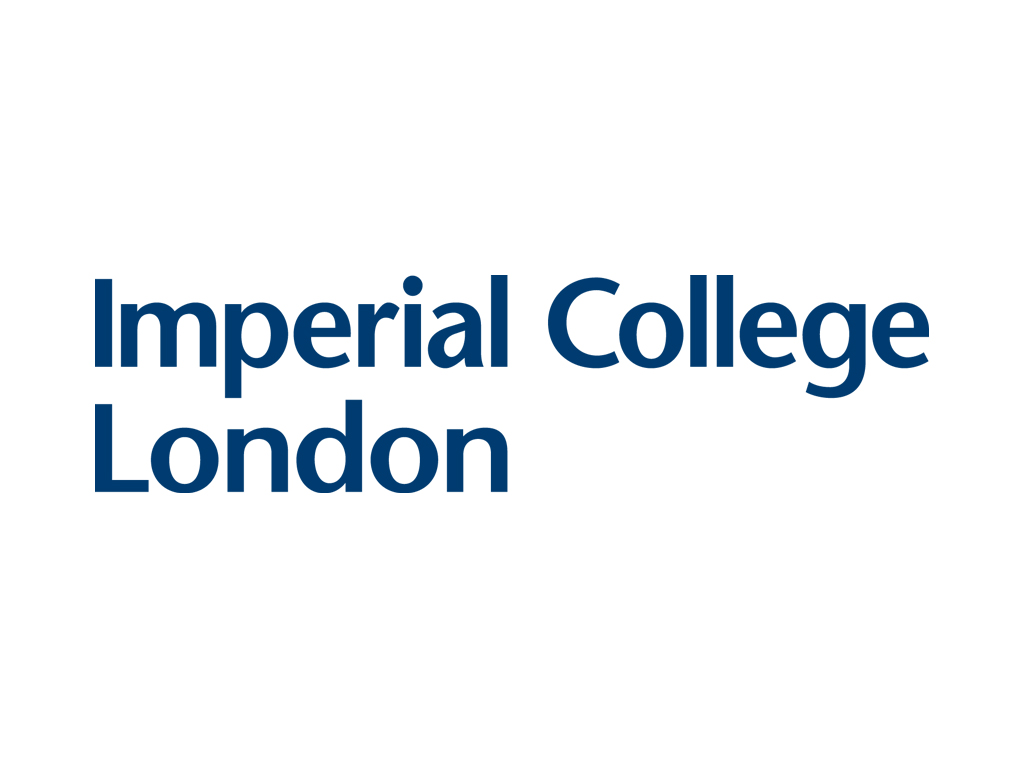
Imperial College London
Supporting on contrails work with a specific focus on the non-CO2 benefits of SAF
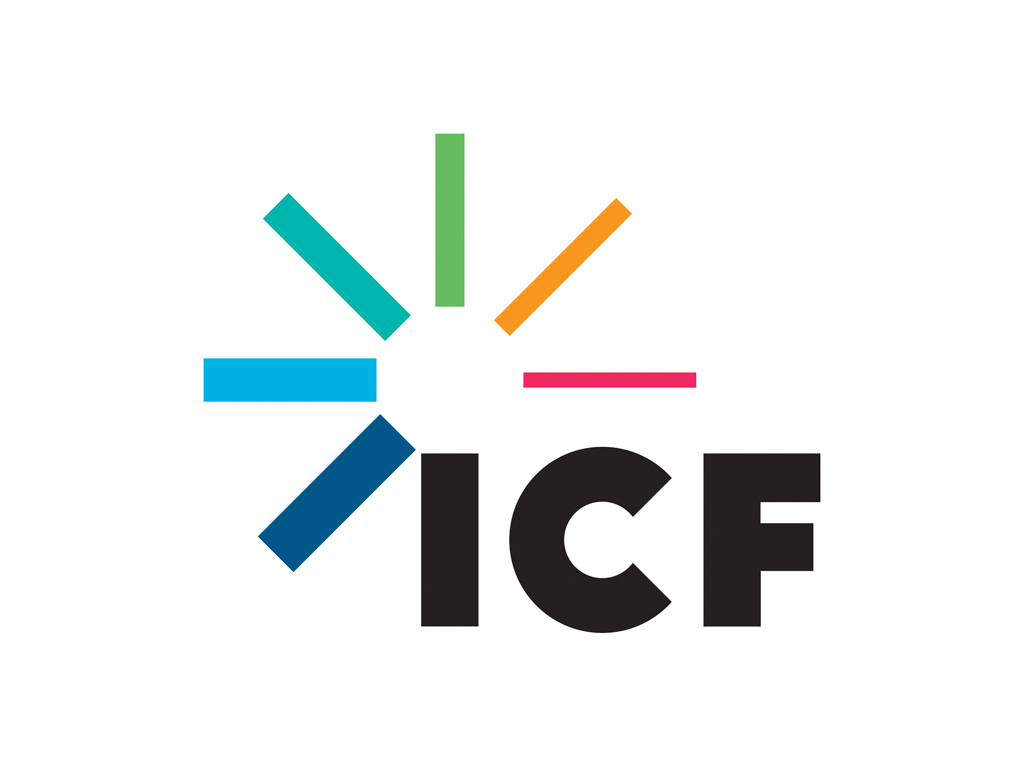
ICF SH&E LIMITED
Carbon Lifecycle Analysis (I.e. to confirm Net Zero flight status)
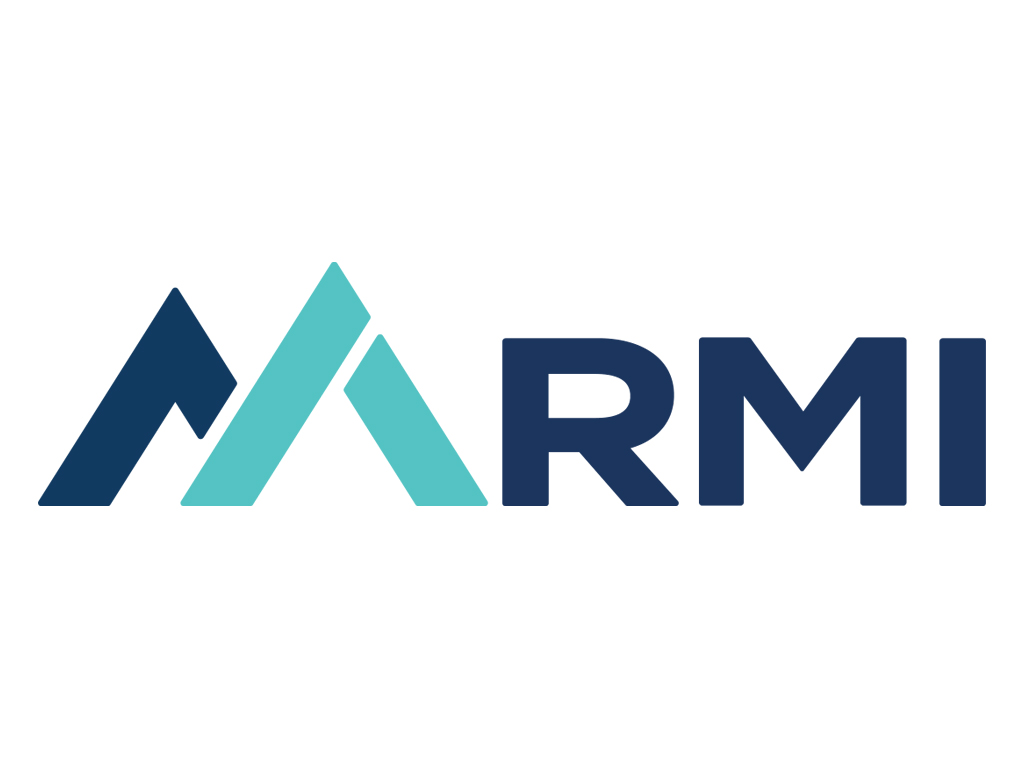
Rocky Mountain Institute
Contrail Avoidance
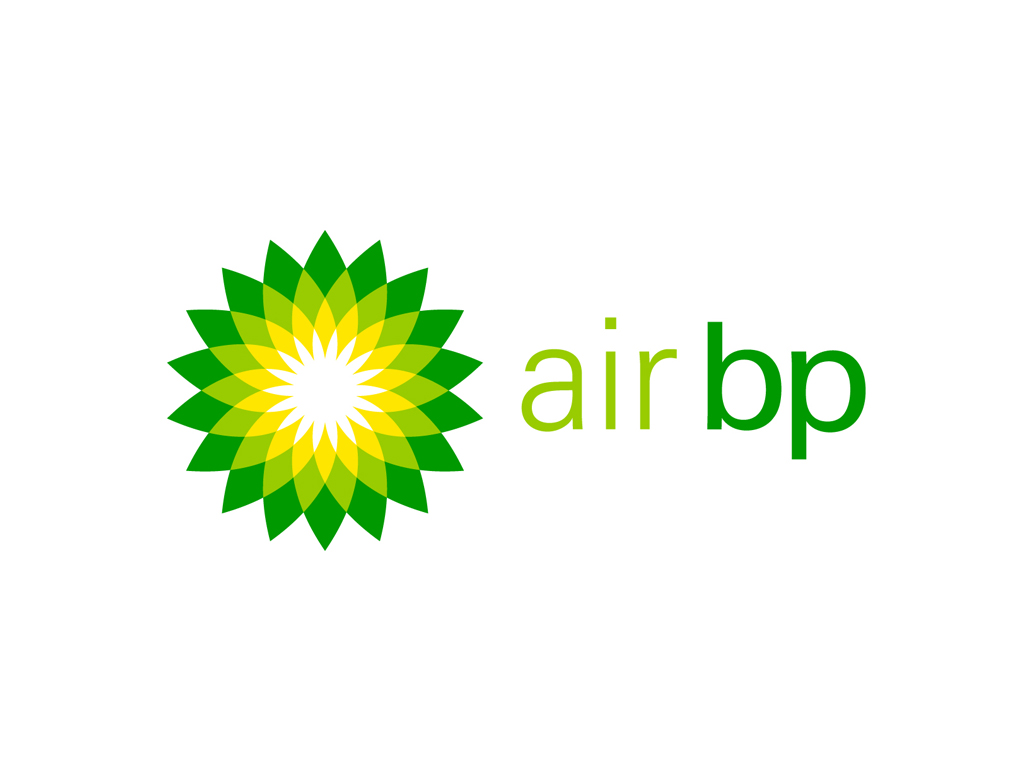
AirBP
Fuel
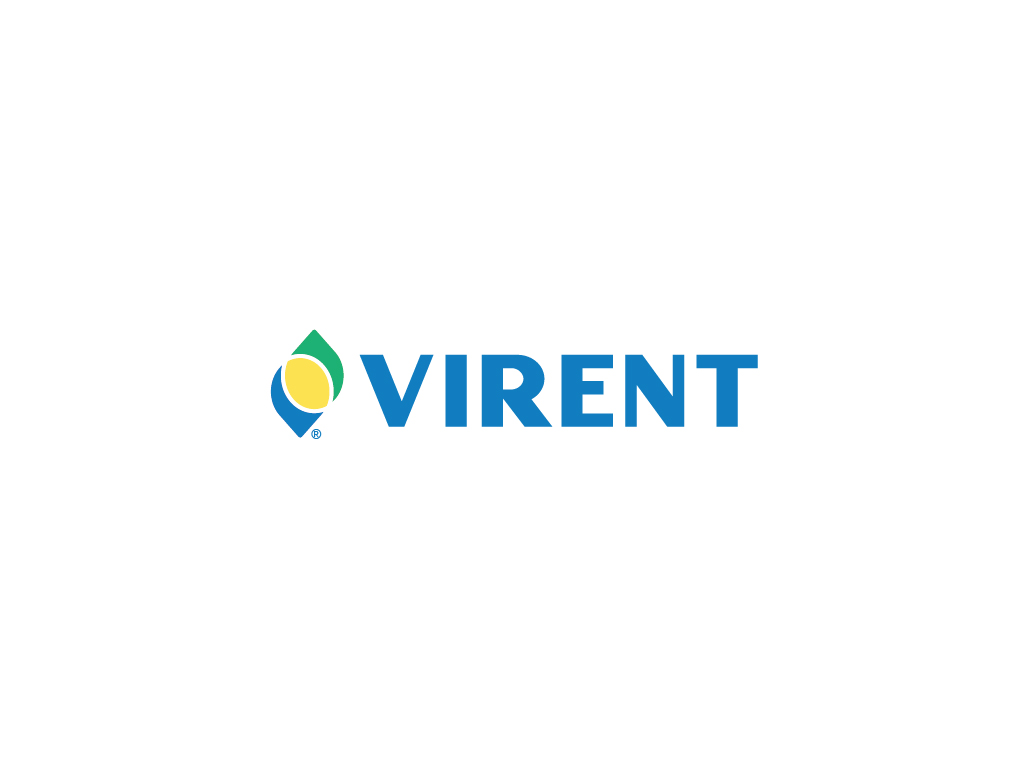
Virent
Fuel
Why only now?
We’ve been waiting for the green light.
Currently, flights can only use a blend of up to 50% SAF and obtaining special approval for 100% SAF on each flight isn't feasible for everyday travel. But with Flight100, we're on a mission to change that.
There are challenges around supply.
In line with targets set by airlines, IATA and governments, SAF adoption of 10% by 2030 would require 40 million tonnes of SAF. Put simply, there isn’t enough being produced. In fact, out of all aviation fuel in use, SAF only counts for about 0.1%. This really shows how far we’ve got to go, why SAF is so expensive and why Flight100 is significant.
The first commercial airline across the Atlantic
Well, who else? While 100% SAF flights aren't entirely new (the RAF pulled it off in 2022 over Oxfordshire and recently a Gulfstream private jet completed the first transatlantic flight) Flight100 marks the first for a long-haul commercial airline – demonstrating the potential of sustainable fuel in civil aviation.
The road to 100% SAF
Embarking on a transatlantic flight using 100% SAF is no small feat. It's been a massive team effort - working together with our consortium partners to carry out the research, testing, and operations needed to make this ambitious journey a reality.
SAF. Our story so far
For over 15 years, we’ve championed the development and use of SAF. Many of our consortium partners have been with us along the way, as well as achieving their own successes, which has brought us all closer to Flight100.
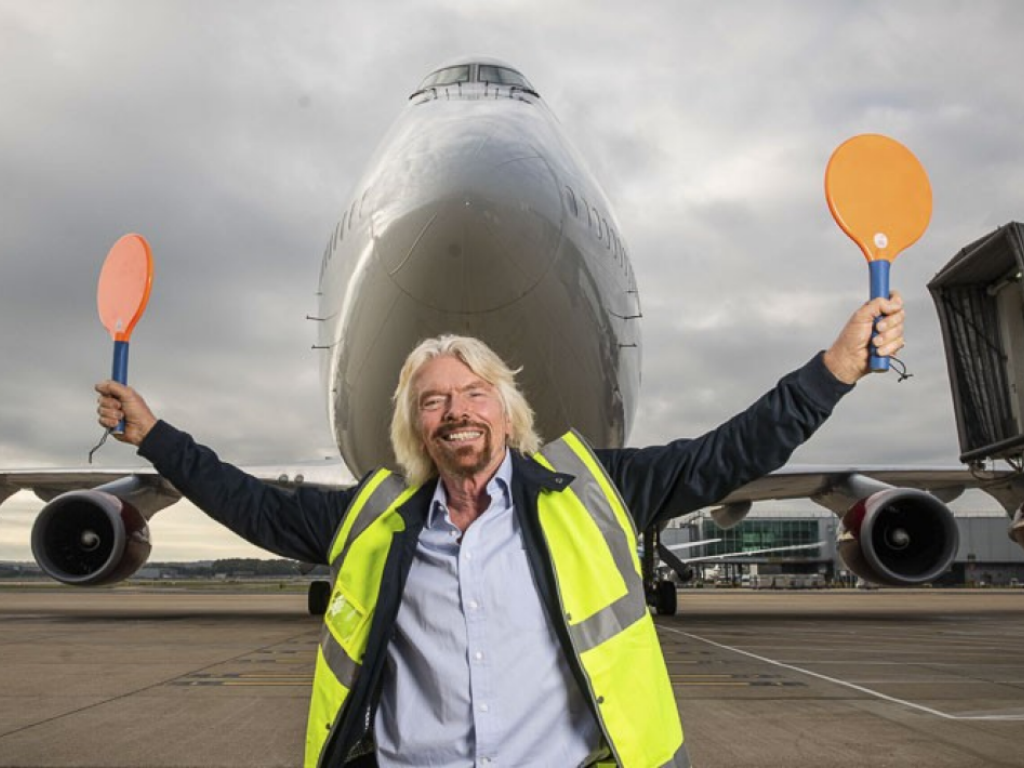
2008
February
Virgin Atlantic operates the world’s first flight using biofuel
.png)
2011
October
Virgin Atlantic partners with LanzaTech, committing to cross- industry collaboration to accelerate the production and use of SAF in the UK and US.
.png)
2018
October
Virgin Atlantic flies world-first commercial passenger flight using SAF sourced from Lanzatech (using recycled gases), from Orlando to London Gatwick
.png)
2020
July
Virgin Atlantic, Boeing and Rolls Royce become founding members of UK’s Jet Zero Council, working with government and industry to encourage a regulatory environment which will allow SAF producers to flourish.

2021
September: Virgin Atlantic becomes founding member of UK Sustainable Aviation & the Clean Skies for Tomorrow
October: Virgin Atlantic launches mission to net zero, interim targets and line in the sand manifesto
.png)
2022
February: Virgin Atlantic partners with Neste Oyi to secure supply of 2.5 million litres of neat SAF
October: Virgin Atlantic launches Corporate Sustainable Aviation Fuel certificate programme and Cargo Sustainable Aviation Fuel certificate program
December: Virgin Atlantic wins UK government funding to operate 100% sustainable aviation fuel flight from London Heathrow to New York
Virgin Atlantic agrees to purchase 70 million gallons per annum of SAF, representing 20% of our SAF target and equivalent to fuelling more than 500 flights from Los Angeles.

2023
July: SAF blend of 88% HEFA and 12% aromatics completes successful ground test on Rolls-Royce Trent 1000 engine, a key milestone in the approvals process
July: Air bp and Virent announced as fuel suppliers who will supply the 60 tonnes of SAF required for the Virgin Atlantic Flight100
November: Virgin Atlantic becomes the first commerical airline to fly across the Atlantic with 100$ SAF. Mission accomplished.
We’re just getting started
Flight100 successfully completed its journey from London Heathrow to New York on 28th November 2023. We’re honoured and excited to be the first commercial airline to be driving the change that could decarbonise long haul aviation.
The industry may still be a way off from using 100% SAF on every flight, but Flight100 is an important step in the right direction.
Results from Flight100
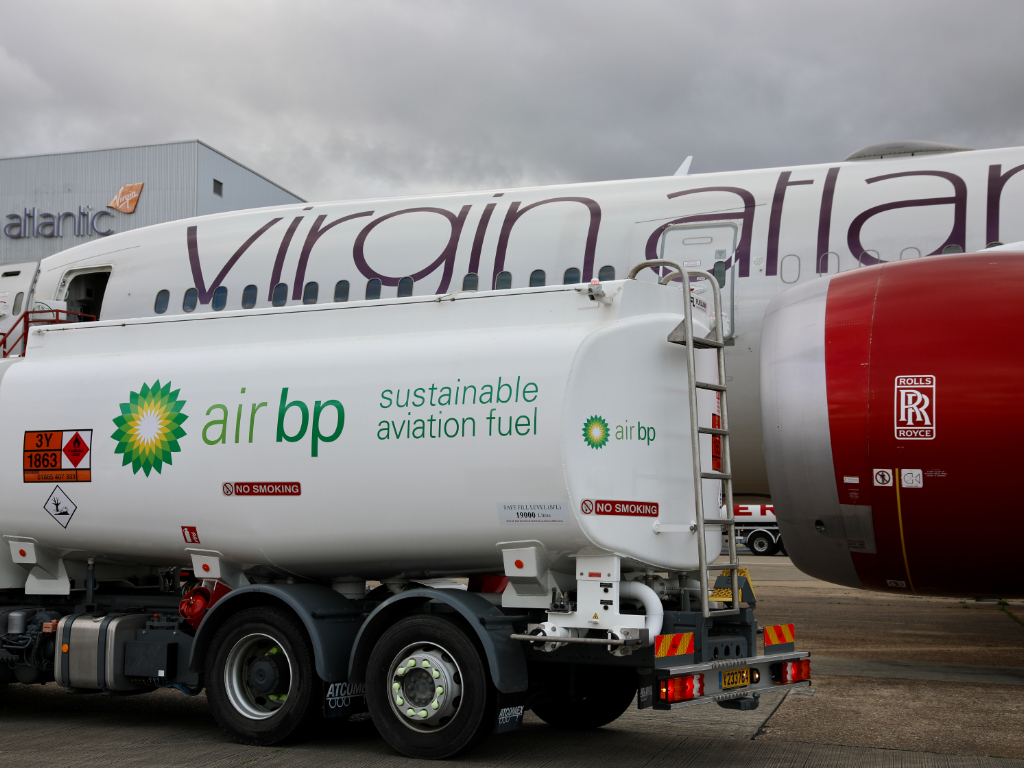
All about SAF.
For over 15 years, we’ve championed the development and use of Sustainable Aviation Fuel (SAF).
Want to know more about SAF, how it works and what makes it more sustainable?
Find out more

Fleet
Following a multi-billion-dollar investment, we've invested in upgrading our aircraft so we now operate one of the youngest and most fuel efficient fleets in the skies.
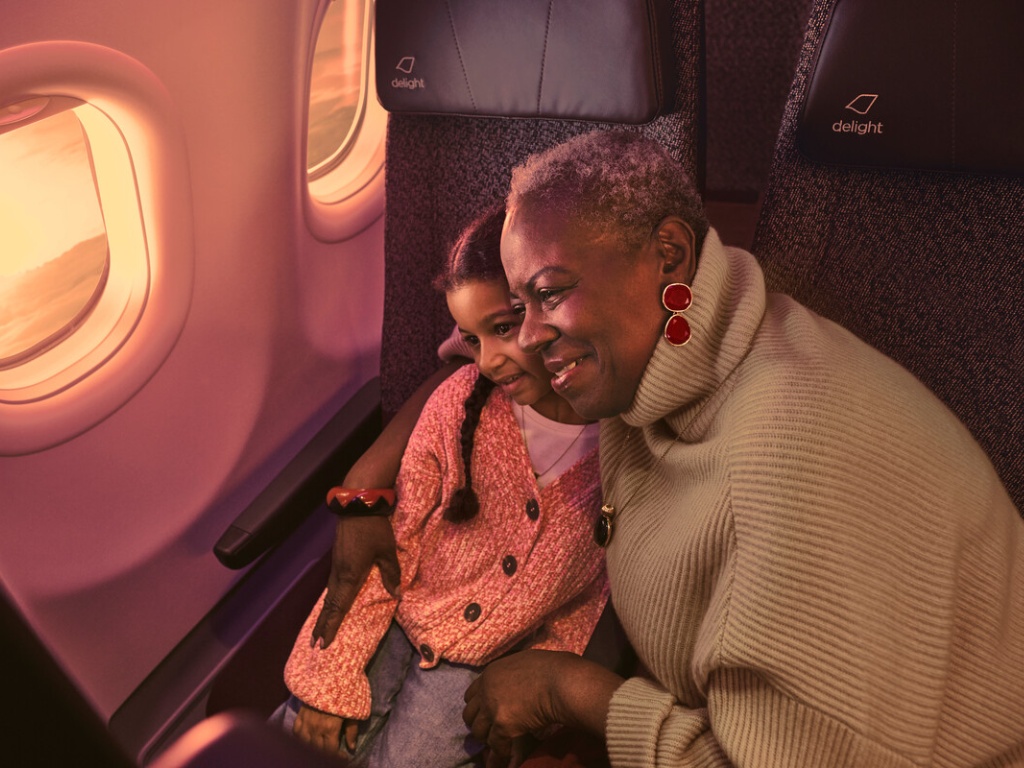
Experience
We're finding ways to help you fly more sustainably, changing how we operate to personalise your experience, create less waste and move to more lightweight materials where possible.
.jpg)

